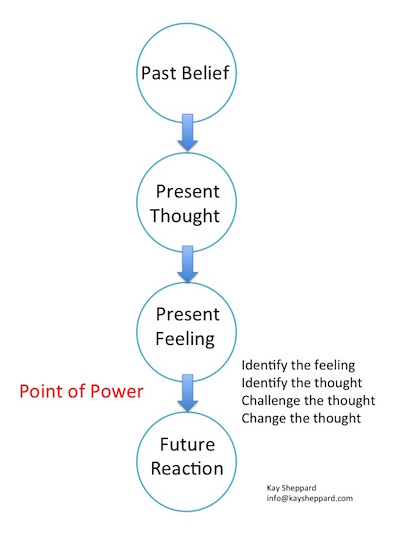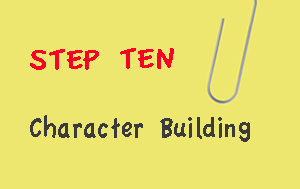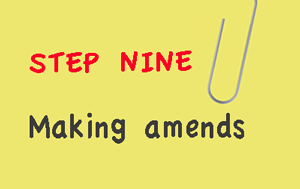 Most of the time our anger, irritation, frustration, is just a tempest in a teapot. We make up a story to stoke our anger because we are angry, we need to be angry, and we want to be angry, so we produce anger. It has nothing to do with the other person at all. It is all about being an angry person.
Most of the time our anger, irritation, frustration, is just a tempest in a teapot. We make up a story to stoke our anger because we are angry, we need to be angry, and we want to be angry, so we produce anger. It has nothing to do with the other person at all. It is all about being an angry person.
“Nothing other people do is because of you. It is because of themselves.”
don Miguel Ruiz
Conversely, nothing we do is because of other people, It is because of self. No one can “make” us angry; we are just looking for reasons to project our anger. It is all about us. Understanding this puts us in charge of ourselves, not victims of the guy whom we are blaming. We can change ourselves, we can’t change him. That is the empowering fact that allows us to resign from victimhood. Our friend Tom says, “It isn’t them, it isn’t them, it isn’t them!
Remember, resentments have an adverse effect on recovery:
- By focusing on others, we ignore our own character defects.
- Resentment is poison. It keeps us toxic and stressed.
- Resentment is a common relapse trigger. It is the Number One Offender.
- Resentment robs us of peace and serenity.
- Resentment is a waste of time and energy.
- Resentments destroy relationships.
- Resentments separate us from our Higher Power.
“It is a spiritual axiom that every time we are disturbed, no matter what the cause, there is something wrong with us,” AA 12 & 12, p. 90.
So how do we stop the blame game? I think immediate action is called for. As soon as we recognize the disturbance, we want to take action. I mean take action before saying a word.
So what actions will produce good results? I have a few tools that I use to forestall the words that will disturb the peace. One that I like a lot is my Step Seven prayer: Please take my (anger, resentment, irritation, frustration), God. Take it and change me. I have no power. You have the power. Thank you for making this change in me. Step seven is so effective because it shows willingness to “let go and let God”.
Here are instructions for a way to deal with resentments from the book Alcoholics Anonymous, Freedom from Bondage, p. 552:
“If you have a resentment you want to be free of, if you will pray for the person or the thing that you resent, you will be free. If you will ask in prayer for everything you want for yourself to be given to them, you will be free…Even when you don’t really want it for them, and your prayers are only words and you don’t mean it, go ahead and do it anyway. Do it every day for two weeks and you will find you have come to mean it and to want it for them, and you will realize that where you used to feel bitterness and resentment and hatred, you now feel compassionate understanding and love.”
Forgiveness is a pathway out of resentment. Unforgiveness is subjective and judgmental and arrogant it is a demonstration of lack of love. We give away our power. When we say to the person we resent, “If you act the way I think you should act I can be happy. If not, I will suffer from toxic emotions.” (Of course we really don’t realize that we are choosing toxins, but that is the way it is.) When we do that, we choose powerlessness by denying responsibility for our thoughts/beliefs and feelings. Forgiveness is objective and suspends judgement returns us to love and acceptance. Shall I live in toxic resentment or peaceful love?
Kay Sheppard, LMHC
 We read these amazing words “… and acceptance is the answer to all my problems today”
We read these amazing words “… and acceptance is the answer to all my problems today”
 “Worrying is like sitting in a rocking chair. It gives you something to do but it doesn’t get you anywhere.” Glen Turner
“Worrying is like sitting in a rocking chair. It gives you something to do but it doesn’t get you anywhere.” Glen Turner Step 10. Continued to take personal inventory and when we were wrong promptly admitted it.
Step 10. Continued to take personal inventory and when we were wrong promptly admitted it.
 How do addictive food substances compare to other addictive chemicals? Addictive food substances are forms of plant life which have been refined or processed in order to be ingested by drinking, eating, inhaling or injecting.
How do addictive food substances compare to other addictive chemicals? Addictive food substances are forms of plant life which have been refined or processed in order to be ingested by drinking, eating, inhaling or injecting.